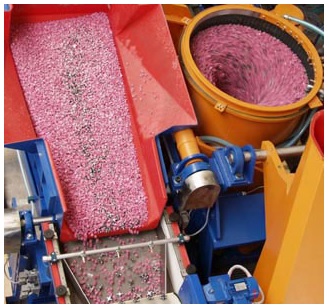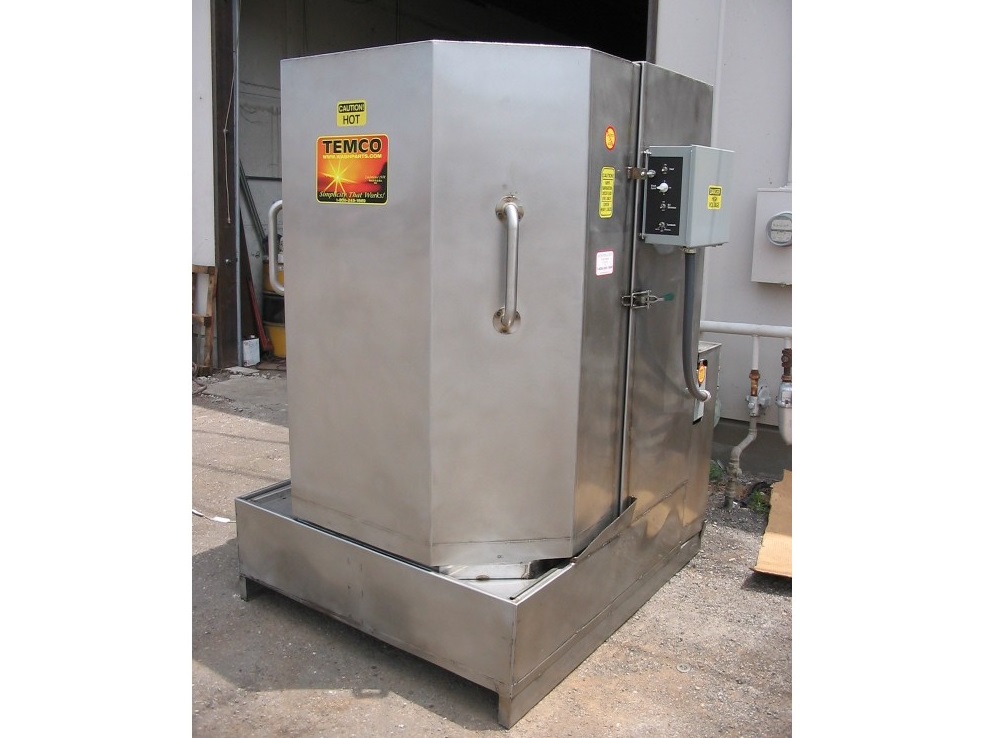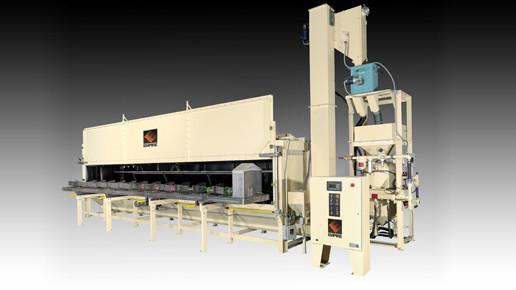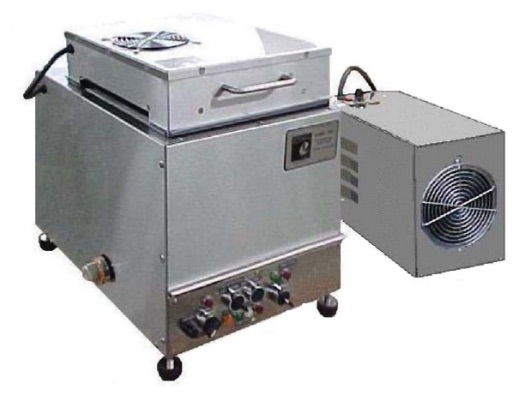The number of different ways in which industrial products can become dirty is surprisingly high. Conversely, the number of appropriate ways to clean some industrial products can be surprisingly low. Industry professionals always must make considerations for the appropriateness of certain solvents or contact cleaning or scrubbing tools; especially in the case of more sensitive equipment or products, great care must be taken to ensure the compatibility of a product with possible cleaning materials. For products and equipment that are compatible with water or some water-based cleaning solutions, industrial ultrasonic cleaning is sometimes an appropriate cleaning method.
Consider the example of aircraft components. A lot of factors can contribute to the performance of aircraft, and among those factors are degradations on the surfaces of components. Over the natural course of their operation, these components become dirty. However, certain methods of cleaning can be inappropriate, and it’s important to correctly pair cleaning methods with surfaces because the safety of the aircraft depends on the good working order of all individual components. Industrial ultrasonic cleaners can be used to cleanse aircraft component parts of imperfections because they are non-abrasive and they are highly efficient.
This is the main reason why industrial ultrasonic cleaners are chosen above other cleaning methods. Their efficiency makes them capable of cleaning products quickly and they don’t cause damage to the products they clean. Another important reason for the popularity of ultrasonic cleaners is their ability to clean products with complex geometries. Products with deep grooves or other areas that would be inaccessible to brushes can be cleaned easily with industrial ultrasonic cleaners.
For these and several other reasons, it is very likely that industrial ultrasonic cleaners will continue to be indispensable industrial utilities in a wide range of industrial contexts.
 Deburring Machinery
Deburring Machinery Industrial Parts Washers
Industrial Parts Washers Sandblast Equipment
Sandblast Equipment Ultrasonic Cleaners
Ultrasonic Cleaners Castings & Forgings
Castings & Forgings Bulk Material Handling
Bulk Material Handling Electrical & Electronic Components
Electrical & Electronic Components Flow Instrumentation
Flow Instrumentation Hardware
Hardware Material Handling Equipment
Material Handling Equipment Metal Cutting Services
Metal Cutting Services Metal Forming Services
Metal Forming Services Metal Suppliers
Metal Suppliers Motion Control Products
Motion Control Products Plant & Facility Equipment
Plant & Facility Equipment Plant & Facility Supplies
Plant & Facility Supplies Plastic Molding Processes
Plastic Molding Processes Pumps & Valves
Pumps & Valves Recycling Equipment
Recycling Equipment Rubber Products & Services
Rubber Products & Services